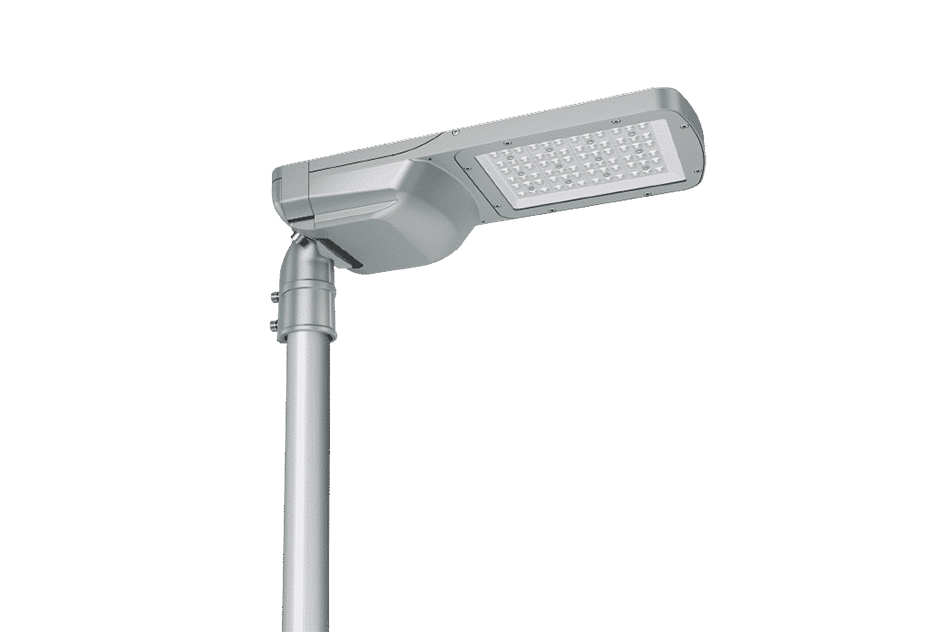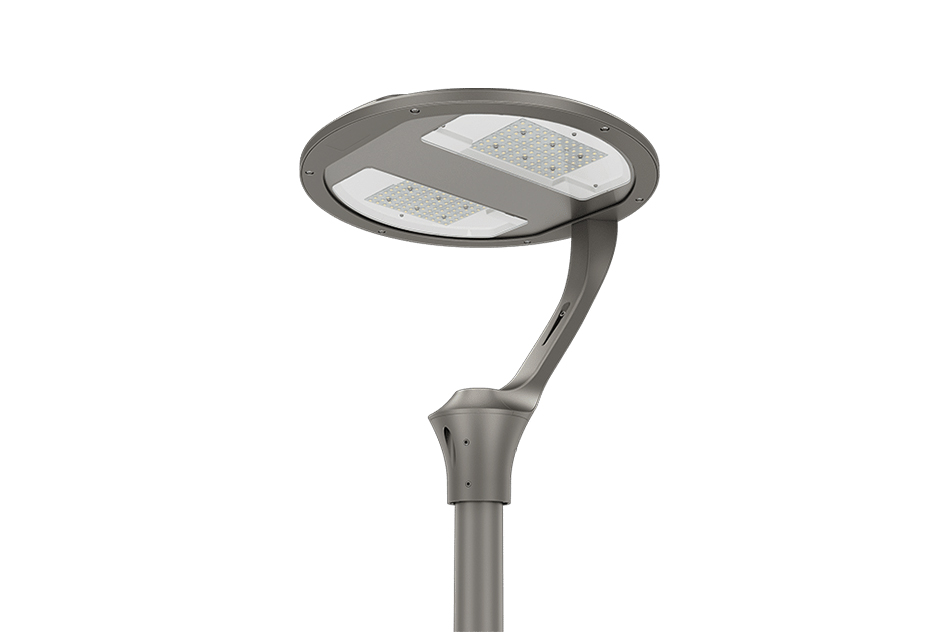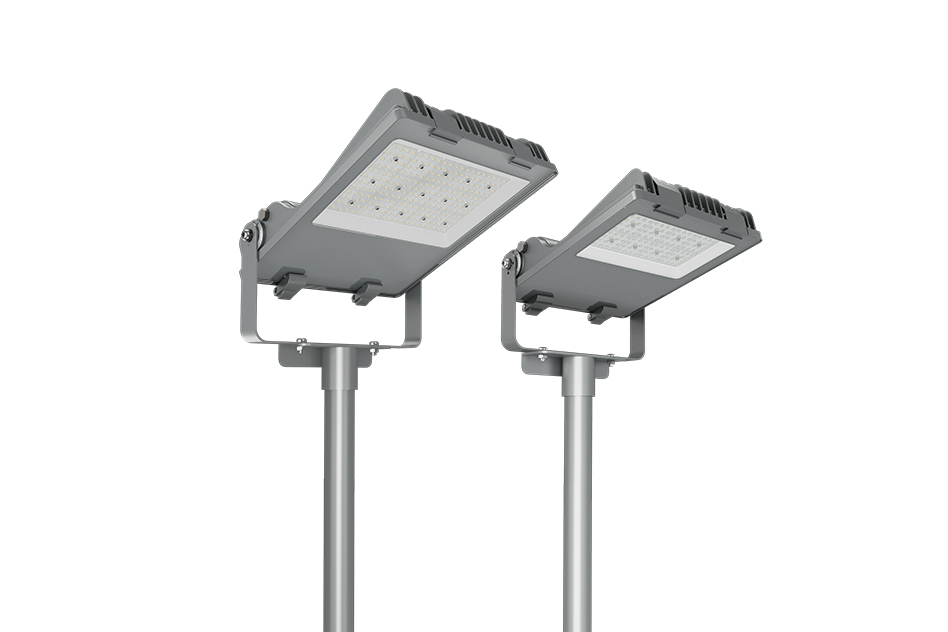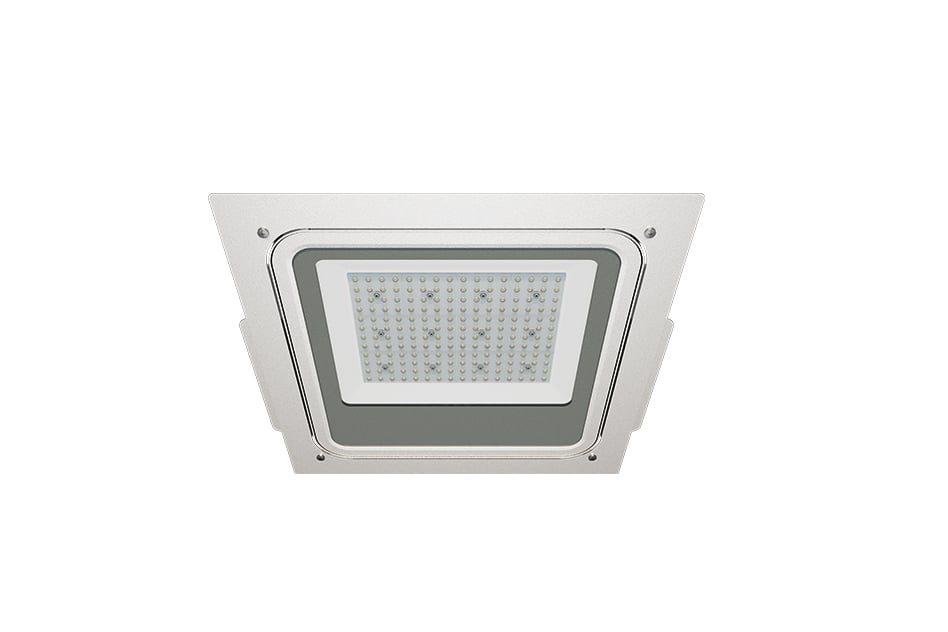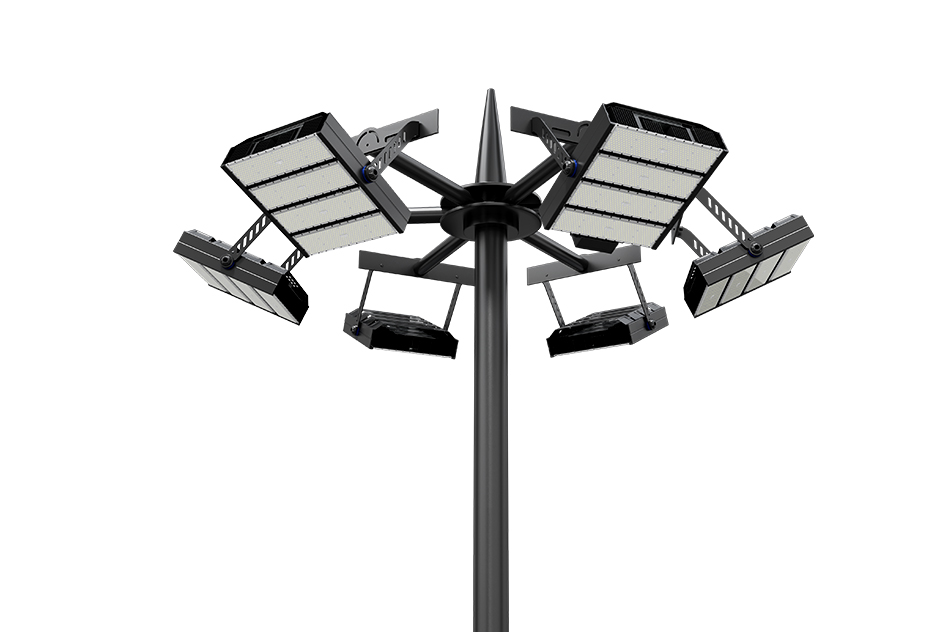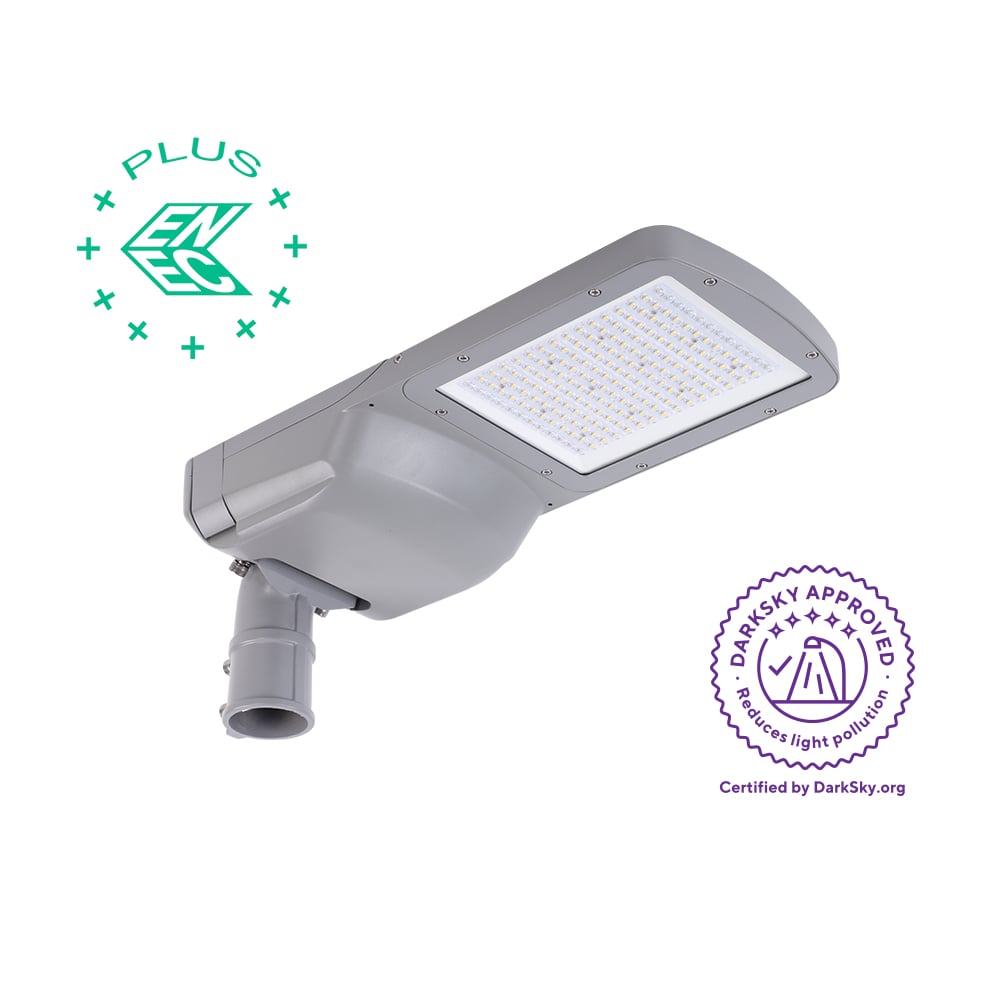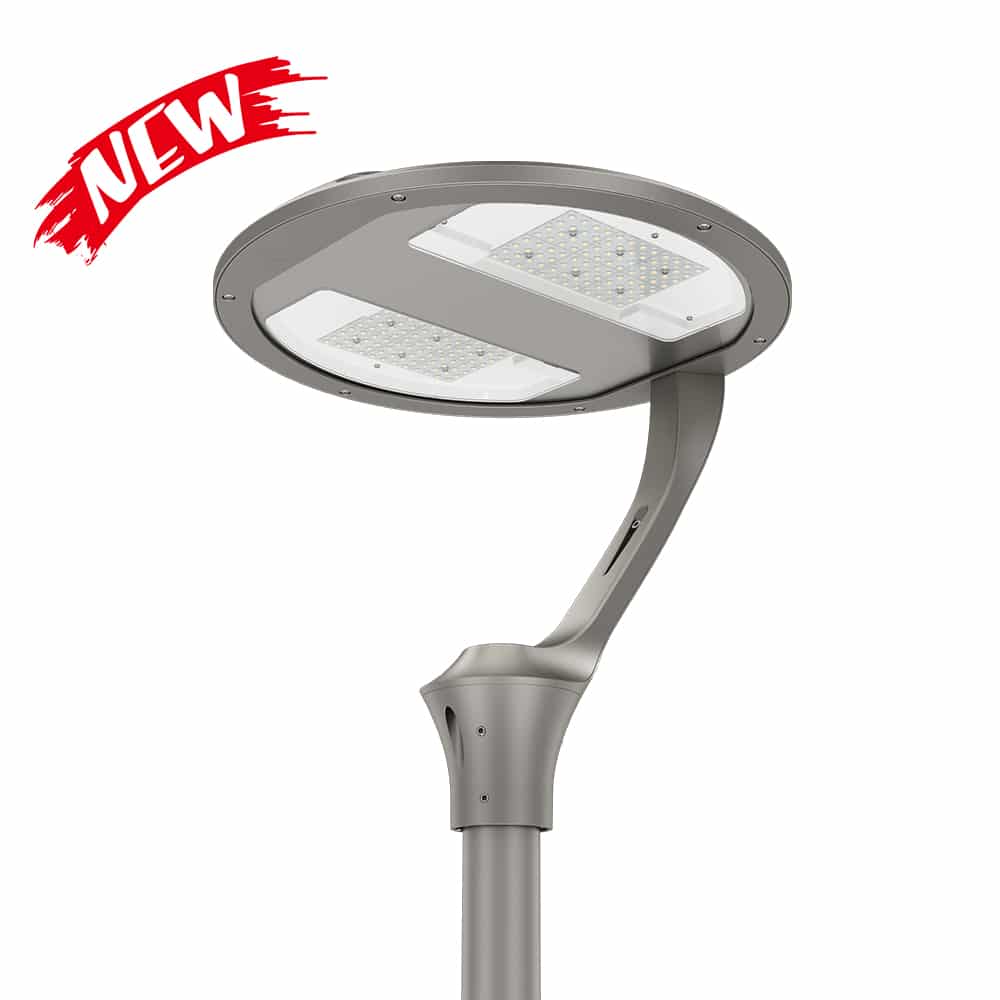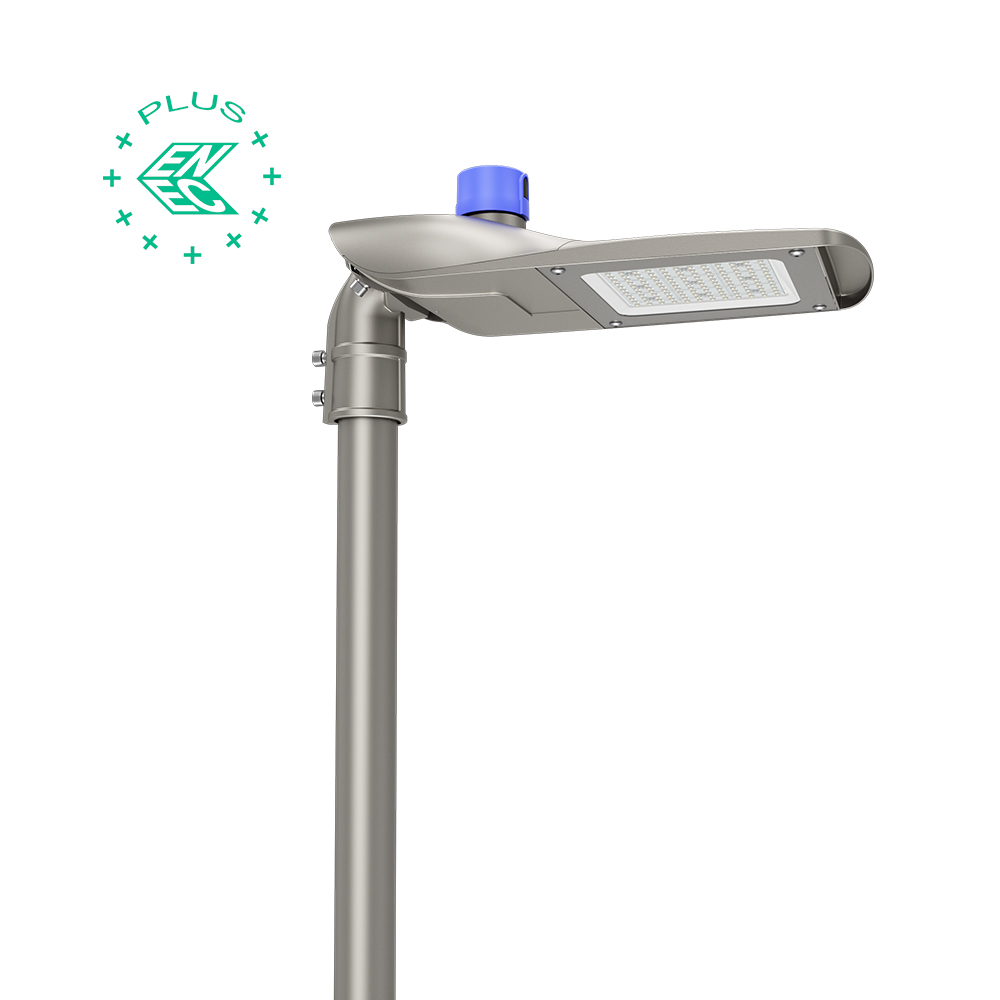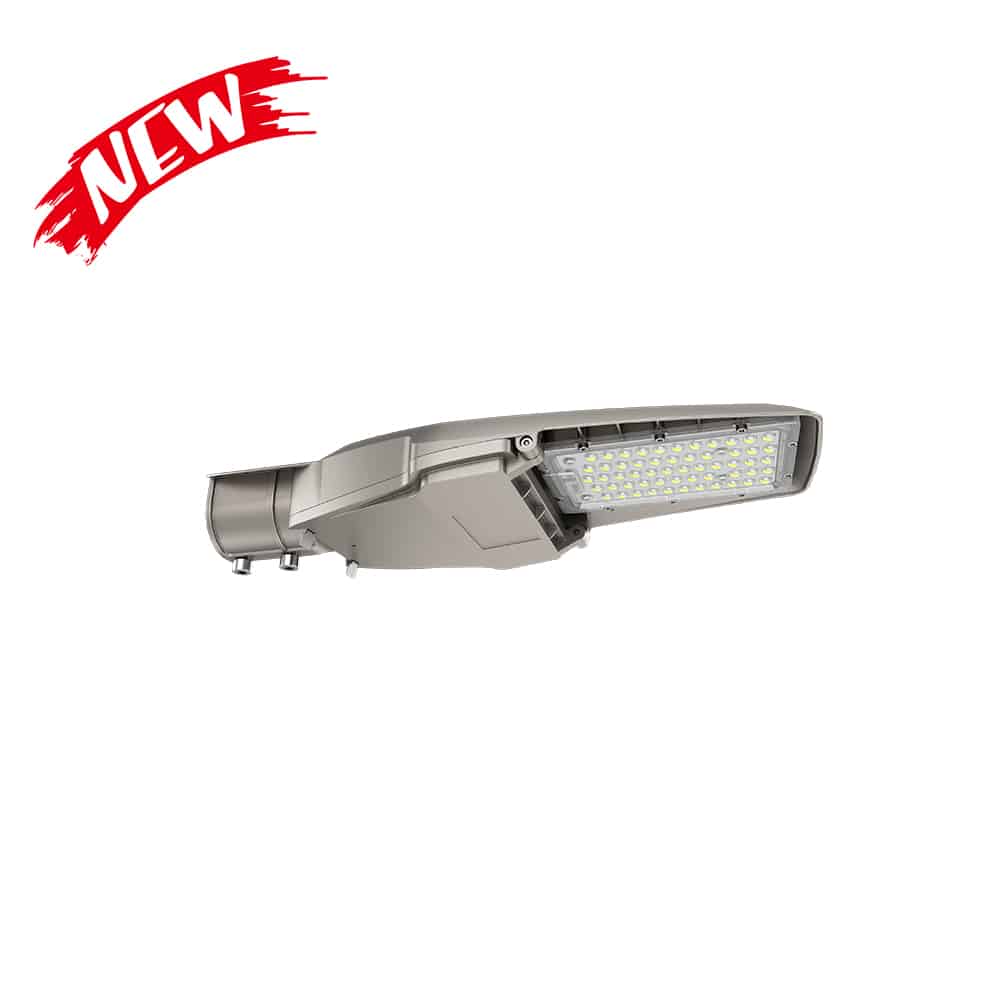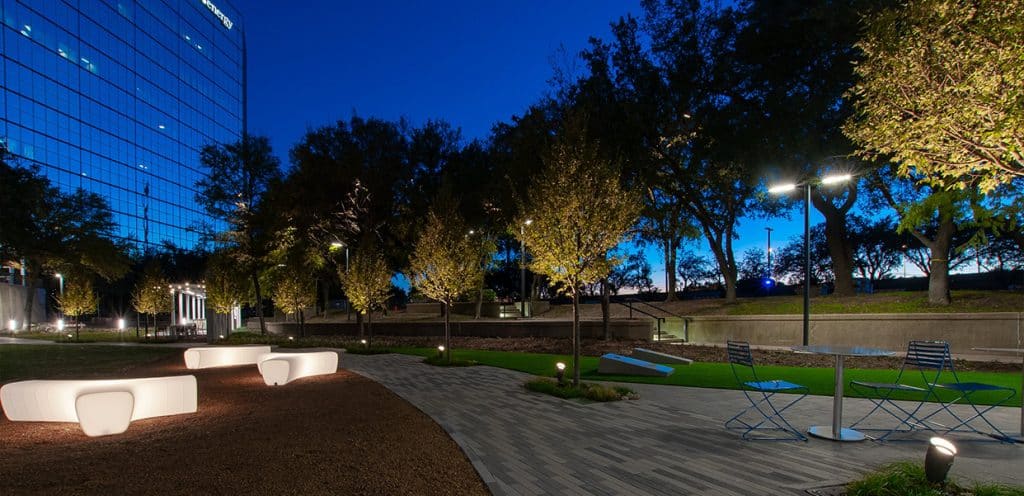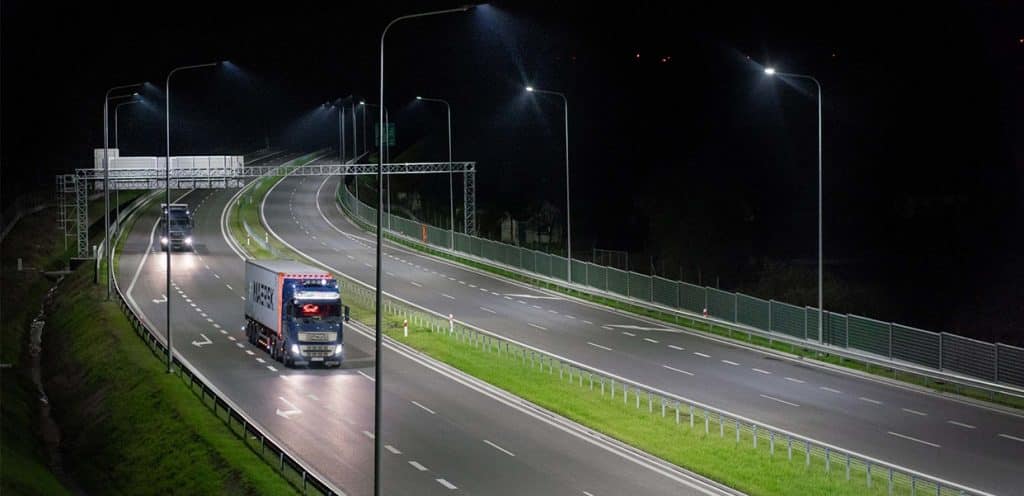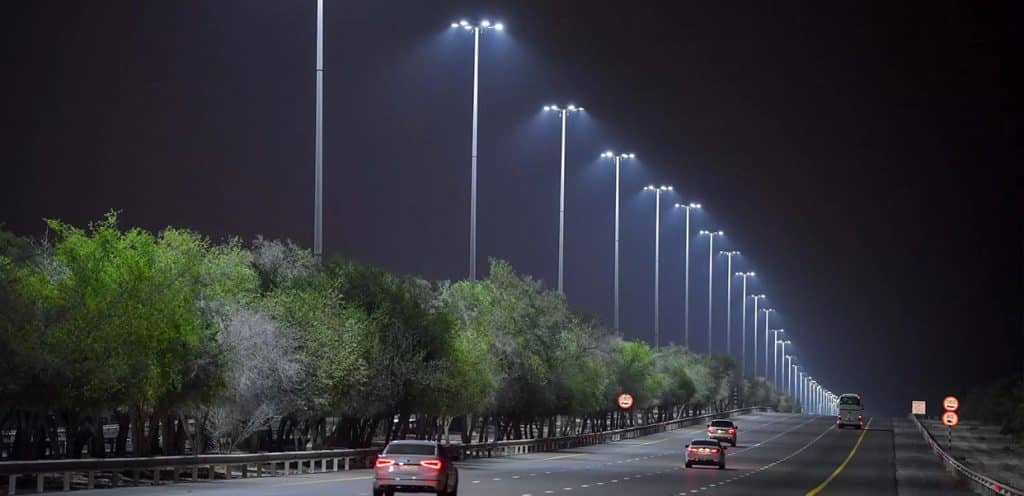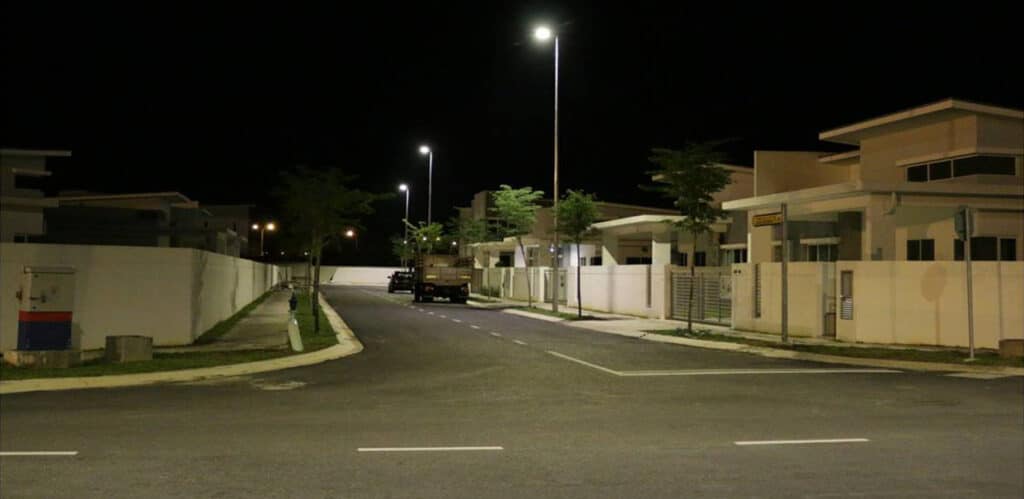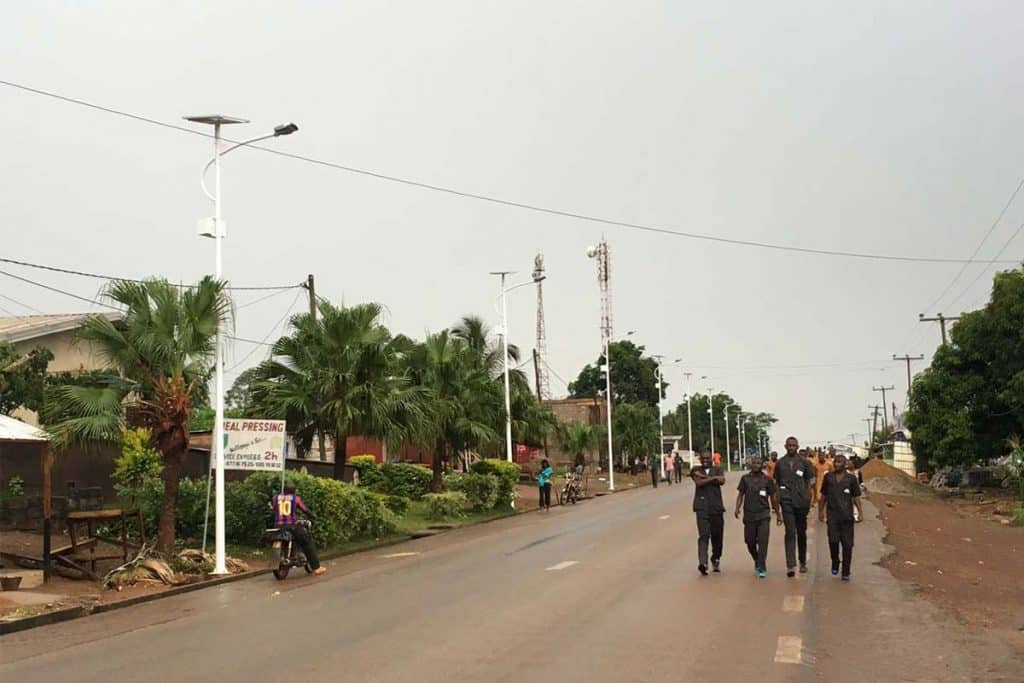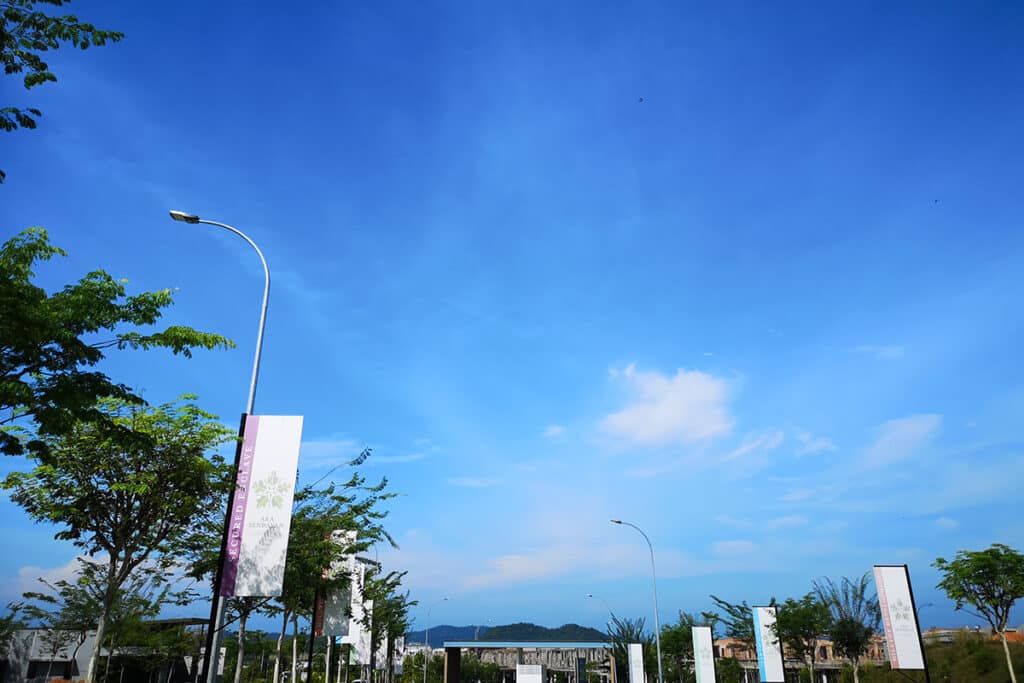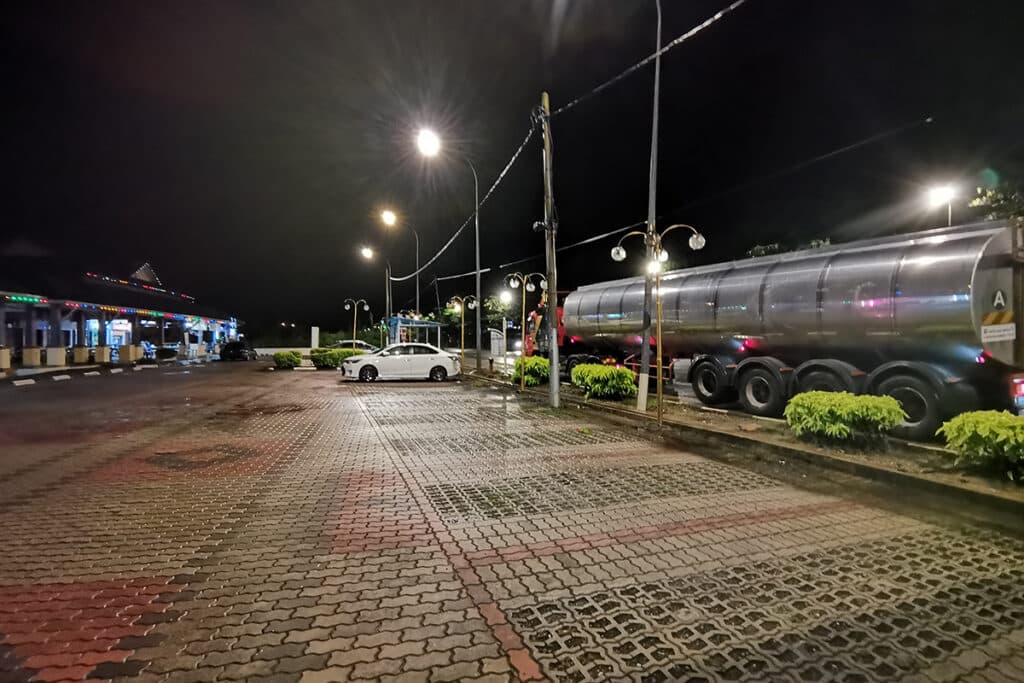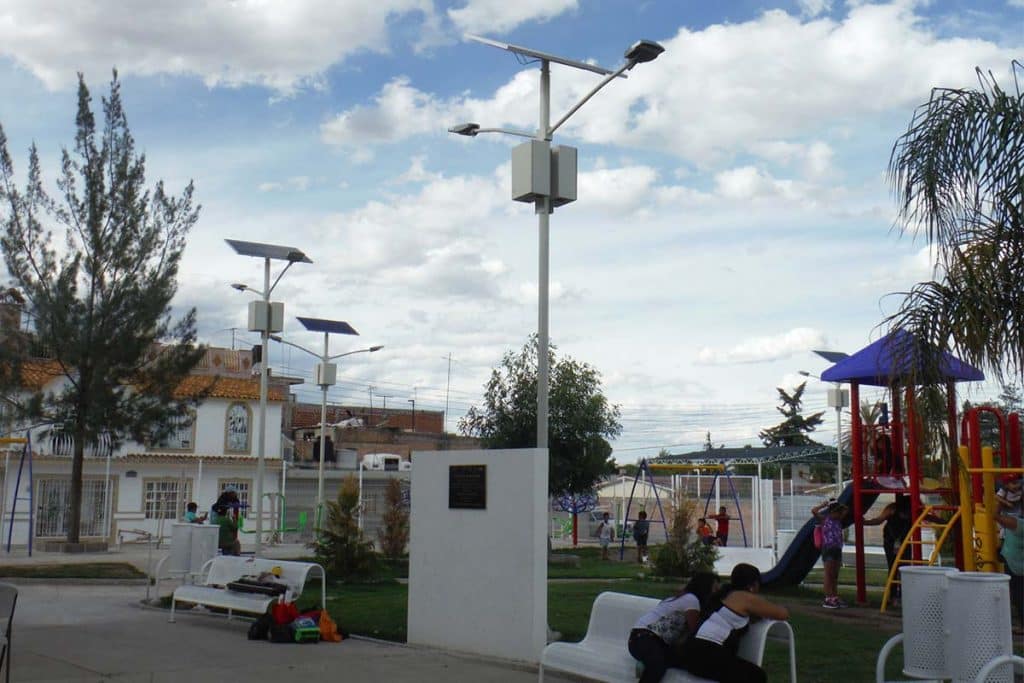Blue light in LED – the standard and how to reduce it
Blue light in LED – the standard and how to reduce it
Introduction
Light pollution is an important environmental problem facing modern society, especially as urbanisation progresses. Light pollution refers to the excessive or inappropriate use of artificial light sources, which affects the natural environment, the health of plants and animals, and many aspects of human life. According to Darksky’s definition ( What’s Darksky? ), light pollution mainly includes phenomena such as glare, light trespass, sky glow, etc. In addition, over-illumination and blue light in LED are also major components of light pollution ( How to reduce light pollution and choose anti-light pollution street lights? ). This article will focus on what over-illumination and blue light are, their hazards, and related regulations. The article will also introduce ZGSM’s efforts in this area, in particular a representative regulation introduced in Chile, which ZGSM considers to be of interest, and will therefore introduce and explain its content in detail, so let’s get started now.
Why to reduce blue light in LED
The incorporation of artificial lighting into the environment means a change in the natural conditions of the environment, which directly affects the circadian rhythm of plants and animals. The main impacts include the following aspects:
a) Changes in the behavior and reproduction patterns of organisms;
b) Changes in the feeding patterns of species, changing the existing natural balance;
c) Changes in migration patterns. For example, birds may be attracted to city lights, where they often get tired by colliding with or flying around light sources.
Light pollution affects seabirds (involving many species) in coastal areas and oceans around the world, and artificial light poses a major threat to their survival. According to relevant research in Chile, the species affected are mainly petrels and shearwaters of the families of Helicopters, Scyphidae and Scyphidae. Studies have shown that they carry out their breeding activities at night and are very sensitive to radiation of the most widely used lighting wavelengths by humans (less than 500 nm). When lamps are placed when birds migrate out of, into, or in the places they use for breeding, they are attracted by the halo of light produced by a single light or a group of lights, and then they fall or collide. Once the birds fall, the best management is rescue. However, the success rate of this measure is low and there is great uncertainty. Therefore, the management of seabirds’ interactions with artificial light must be primarily preventive. Other reasons why seabirds are attracted to light may be related to the birds’ feeding patterns or migration, which we will not discuss due to space limitations.
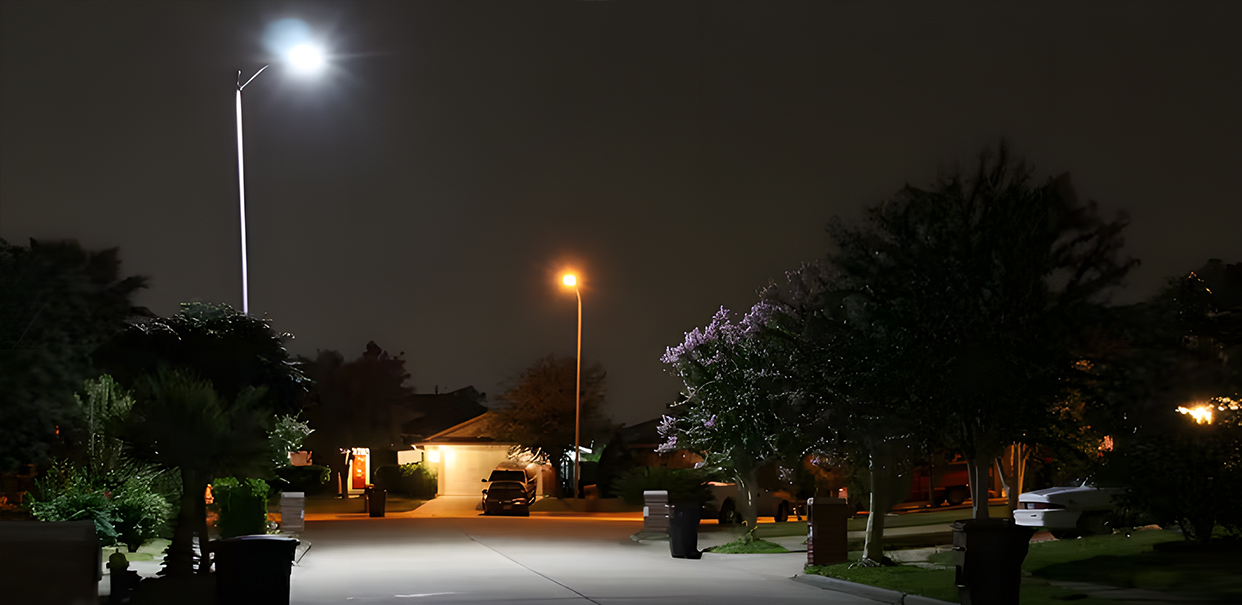
Standard refers to lighting pollution and blue light
Regarding light pollution, the relevant standard-setting organization is Darksky. If you are interested in Darksky’s standards, you can refer to this article – Something about IDA lighting and ZGSM DarkSky outdoor lighting. Here we mainly explain the Chilean decree – Standards for artificial light emissions generated by outdoor lighting. The decree was formulated by the Chilean Ministry of Environment. It originated from Supreme Decree No. 43 of 2012 and was revised and improved in 2022. It aims to control light pollution and protect the night environment, astronomical observations, ecosystems and human health. The focus is on reducing the negative impact of outdoor lighting on the environment, especially in the context of a large increase in lighting equipment brought about by urban development and technological progress. It believes that the following three points are the main factors causing light pollution and should be controlled to reduce the formation of light pollution. Of course, the Darksky standard also points out other ways to reduce light pollution, such as using reasonable light distribution, time-sharing dimming ( What’s street light dimming system? ), microwave sensors, intelligent control ( Find more about intelligent control ), etc.
The emission of light to the upper hemisphere
When choosing lamps, avoid emitting light at angles close to the horizon into the night sky. This is the main cause of discomfort glare and sky glow. Public lighting optics ( lens ) allow lamps to be installed without protruding from the horizontal plane and easily distribute light to the sides. Chilean regulations have clear requirements for the light intensity distribution of lamps. The light intensity emission limits for pedestrian, vehicular and industrial lighting are as follows: when the gamma angle is equal to 90°, the maximum light intensity distribution is 0.00 to 0.49 candela per 1,000 lumens of the lamp ( What’s the lumens of lamps? ); when the gamma angle is greater than 90°, the light intensity distribution is 0 candela per 1,000 lumens of the lamp, that is, there is no light irradiated upwards. At the same time, the lamps must provide corresponding certificates (certificates issued by laboratories with corresponding qualifications) to prove that they meet these requirements and specify the installation angle of the lamps.
Lighting levels higher than required
When designing lighting, we often need to use as few luminaires as possible of reasonable intensity to provide the required area with appropriate lighting. There are national standards for both indoor and outdoor lighting, the most common of which are EN12193, EN12464, RP-6-22, etc. These standards tell you what lighting intensity (illuminance or brightness) is reasonable and can be avoided. These standards will tell you what lighting intensity (illuminance or brightness) is reasonable and avoid the use of excessively bright lamps for lighting. It is also possible to reduce the amount of unnecessary lighting in an area by choosing the right lamps or lenses. In the case of public lighting projects, the existing outdoor lighting regulations in Chile talk about the different levels of road lighting and the corresponding brightness or illuminance requirements. Its lighting requirements for motorways, conflict areas, and pedestrian walkways vary considerably, the average maintained luminance and illuminance levels of vehicular and pedestrian lighting ( View street lights suitable for pedestrian pathways ) shall not exceed the values in the table below. The average maintained luminance and illuminance levels of vehicular and pedestrian lighting should not exceed the values in the table below. If you are in the industry, you will notice that there are some differences between the following standards and EN 13201 ( please check EN13201 which is the standard about public lighting ), which does not have the M6 lighting requirements. The Chilean Ministry of Energy is currently working on the development of more reasonable lighting requirements in order to reduce light pollution or blue light. For industrial lighting, it states that in outdoor work areas where industrial lighting is used, the lighting requirements must not exceed 20% of the brightness and illuminance values specified in the NCh3833/2:2023 standard.
| M lighting Class | Luminance average (cd/m2) | C lighting Class | Iluminance average (lux) | P lighting Class | Iluminance average (lux) |
| M1 | 2.4 | C0 | 60 | P1 | 18 |
| M2 | 1.8 | C1 | 36 | P2 | 12 |
| M3 | 1.2 | C2 | 24 | P3 | 9 |
| M4 | 1 | C3 | 20 | P4 | 7.5 |
| M5 | 0.75 | C4 | 15 | P5 | 5 |
| P6 | 3 |
The emission of blue light in LED or other light source
Blue light in light sources is usually the part of the visible light spectrum with wavelengths between 400 and 500 nanometres. Blue light is a short-wavelength, high-energy light that is present in both natural and artificial light sources, and is particularly high in daylight, LED lights ( Find more about ZGSM LED products ), fluorescent lights, and displays of electronic devices (e.g., mobile phones, computers, and televisions). Prolonged exposure to blue light may lead to visual fatigue and potential damage to the retina, and in particular, the ongoing effects of blue light from electronic screens on the eyes cannot be ignored. In addition, blue light interferes with melatonin secretion and affects the quality of sleep, especially when using electronic devices at night. It's certainly not true that the blue light in LEDs is higher than that contained in other types of lamps. We need to use LED chips with a lower percentage of blue light in order to reduce the impact of blue light in LED on people, animals, plants, etc.
| Spectral Radiance Limits in Special Protection Areas | |
| Spectral radiance | Maximum Permissible Limits |
| 300 nm to 379 nm | 1% Visible Range Spectral Radiance |
| 380 nm to 499 nm | 1% Visible Range Spectral Radiance |
| 781 nm to 1000 nm | 10% Visible Range Spectral Radiance |
| PS: visible range spectral radiance = the visible spectrum | |
| Spectral Radiance Limits in Special Protection Areas | |
| Spectral radiance | Maximum Permissible Limits |
| 300 nm to 379 nm | 1% Visible Range Spectral Radiance |
| 380 nm to 499 nm | 7% Visible Range Spectral Radiance |
| 781 nm to 1000 nm | 10% Visible Range Spectral Radiance |
| PS: visible range spectral radiance = the visible spectrum | |
How to reduce blue light in LED
Reasonable lighting design
When choosing lamps, avoid emitting light at angles close to the horizon into the night sky. This is the main cause of discomfort glare and sky glow. Public lighting optics allow lamps to be installed without protruding from the horizontal plane and easily distribute light to the sides. Chilean regulations have clear requirements for the light intensity distribution of lamps. The light intensity emission limits for pedestrian, vehicular and industrial lighting are as follows: when the gamma angle is equal to 90°, the maximum light intensity distribution ( What's light distribution? ) is 0.00 to 0.49 candela per 1,000 lumens of the lamp; when the gamma angle is greater than 90°, the light intensity distribution is 0 candela per 1,000 lumens of the lamp, that is, there is no light irradiated upwards. At the same time, the lamps must provide corresponding certificates (certificates issued by laboratories with corresponding qualifications) to prove that they meet these requirements and specify the installation angle of the lamps.
Limit the blue light of lamps
Whether it is outdoor lighting or indoor lighting, we should limit the blue light content in the light source to reduce its harm to humans, animals and plants. In order to make our lamps meet Chilean standards, we think there are two ways, one is to minimize the use of cold lights, the other is to use yellow lenses to block part of the blue light from the lamp.

In Chilean legislation, there is a correlated colour temperature limit. In Special Protection Areas: Insofar as white light technology is used, the maximum correlated colour temperature shall not exceed 2200 K. On the other hand, when multicolor lights are used, the use of blue colour shall be avoided. In the rest of the national territory: Insofar as white light technology is used, the maximum correlated colour temperature shall not exceed 2700 K. This is because light sources with low colour temperatures generally have a low blue light content, but this is not absolute. Therefore, it is still necessary to refer to the criteria in the previous section to ensure that the blue light percentage meets the requirements. Below is a comparison of the blue light content at different colour temperatures.
The need for high levels of colour rendering in outdoor lighting is very much limited to specific applications, such as reading dashboards or commercial display windows. urrently, amber lighting (refractors or filters in LED optics, 1,800 to 2,000 K) provides more than twice the colour rendering of high-pressure sodium (HPS) lamps, which is sufficient for most uses. Amber LED has a colour rendering index of 50 or better (SAP lamps are between 20 and 25), and there is even an option for super-temperature LED (around 2,200 K) for use in areas where metal halide (MH) lamps or LED street lighting fixtures ( Check to see ZGSM street lights ) exceeding 3,500 K have previously been installed, as well as if public lighting parks are to be shifted to amber led, where there may be some resistance from the crowds. In any case, the choice of luminaire to minimise emissions in the blue range must always at least meet the light emission criteria.
Use amber lens
Amber (or teal) lenses selectively attenuate short wavelengths of visible light, such as blue light. Lens materials are usually made up of substances that absorb, reflect or transmit different wavelengths of light. Amber-coloured lenses have an amber colour because the material has different abilities to absorb and transmit different wavelengths of light in the spectrum. Specifically, these lenses absorb blue light in LED (short-wavelength light) relatively well and absorb other colours of light (long-wavelength light such as red and green) less well. When light passes through an amber lens, the blue light is partially absorbed by the lens material, while a smaller amount of blue light and most other colours pass through the lens and into the eye. ZGSM's outdoor lighting can also use this solution to reduce the proportion of blue light in the luminaire ( Click the link to explore the top LED lighting manufacturer in China and find the perfect lighting solution for your needs! ). The following ZGSM Rifle street light ( Please check Rifle street lighting ) is equipped with an amber lens and the change in the figures is still very noticeable, with a much lower percentage of blue light and a shift in colour temperature.

ZGSM LED lights with less blue light
ZGSM produces a wide range of lamps and luminaires, which are listed below in several categories, including street lamps, factory lamps, floodlights ( Find different series flood lights ), sports court lamps, petrol station lamps and solar street lamps. We can equip these luminaires with low colour temperature lamps to limit the proportion of blue light, and we also provide lighting design to ensure that the illuminance/brightness is reasonable. If you are interested in these products, you can contact us.
Summary
As society develops, lighting is no longer limited to brightness or illuminance compliance. Controlling artificial light emissions from outdoor lighting and reducing the negative impacts of light pollution on the environment, astronomical observations and ecosystems have received increasing attention in recent years. Reducing artificial light emissions applies to all types of external lighting, including public lighting, billboard lighting, building facade lighting and industrial facility lighting. The Chilean government is very concerned about the impacts of artificial light on humans, the natural environment, flora and fauna (especially birds), and has therefore developed appropriate regulations. In this article, we focus on the standards, mainly on upward light, lighting levels and blue light in LED or other light source. We also explain how the ZGSM can ensure that its luminaires comply with the requirements, including strict implementation of lighting simulations (Get in touch with ZGSM for lighting design ), limiting the use of high colour temperature light sources and the use of amber lenses. If you would like more information, please contact us.
Related Products
Related Blogs
Related Cases
People also ask
Author introduction
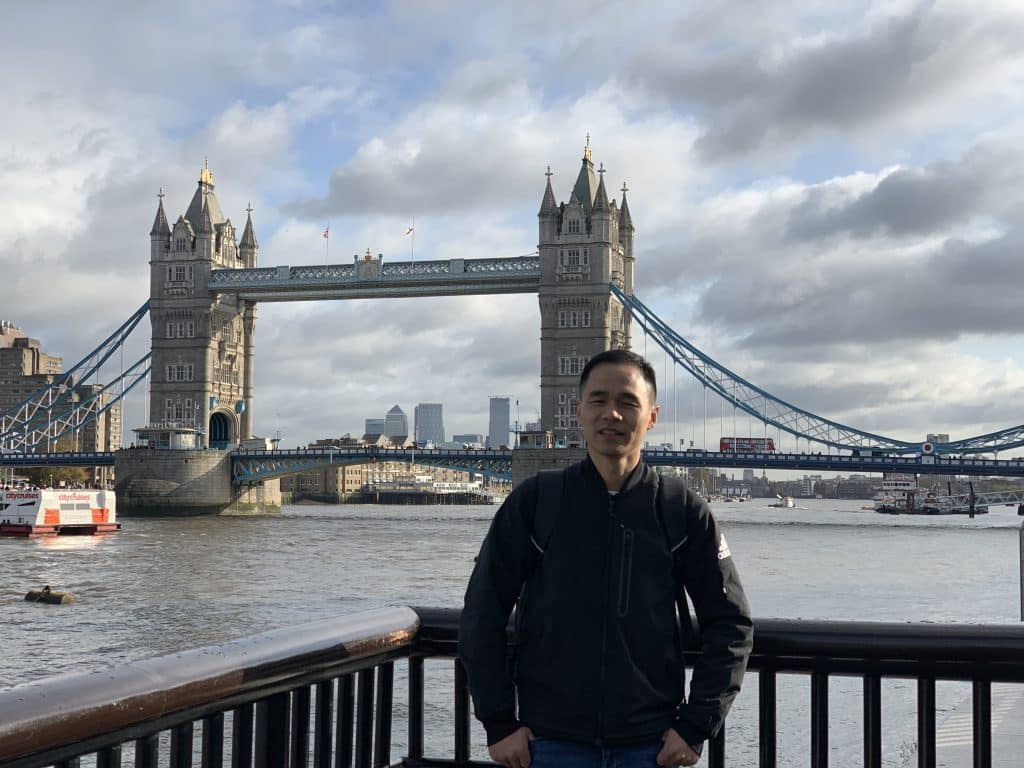
Hello Customers,
My name is Taylor Gong, I’m the product manager of ZGSM Tech. I have been in the LED lights industry for more than 13 years. Good at lighting design, street light system configuration, and bidding technology support. Feel free to contact us. I’m happy to provide you with the best service and products.
Email: [email protected] | WhatsApp: +8615068758483

